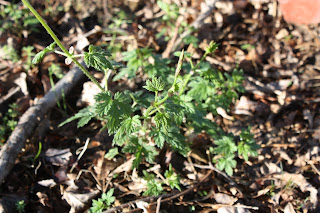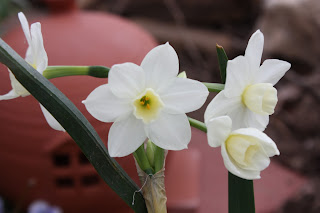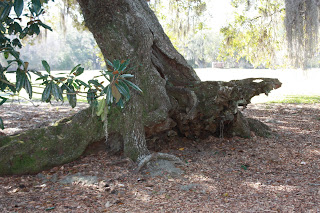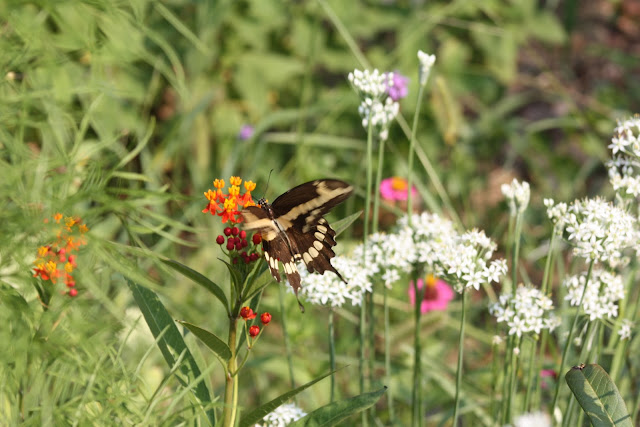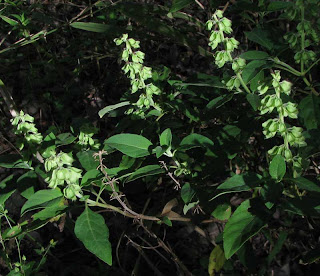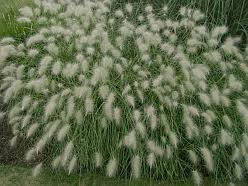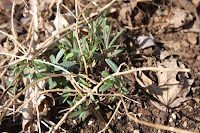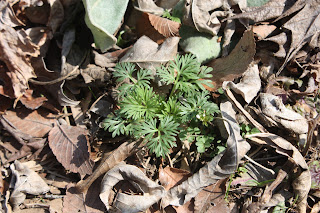Take your garden to new heights with vines
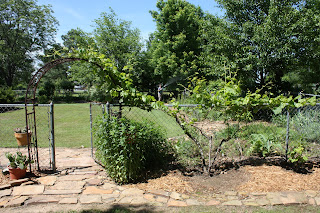
Vines and climbers can change a garden scene in a matter of weeks if the gardener puts the right plant in the right place. Added summer privacy, shade, color, fragrance and beautification are just some of the reasons to select a vine for your garden. In addition, many vines provide fruit or vegetables as well as attracting birds and butterflies. The good news about climbers is that they are vigorous; since they usually have good air circulation where they grow, they rarely contract diseases. And for gardeners with a small space, the vertical growth can add considerable beauty without using much ground space. There are a few key considerations for making the best choice. Shade or sun – A plant that needs full sun will suffer in the shade and will not bloom very well. A shade loving plant such as a climbing hydrangea will be burned by the sun no matter how much water it receives. Annual or perennial – Some beautiful vines and climbers have to be planted every year from seed. But
